
In October, Spotify was front and center at CultureCon New York, a weekend-long event that made space for creators of color to talk, hang, and network. Along with hosting the official CultureCon playlist, Spotify’s Creator Equity Fund showcased its commitment to diverse creators by cohosting CultureCon’s inaugural Talk That Talk podcast pitch contest, offering the winner the chance to record their pilot episode at Spotify Studios in Brooklyn, NY, as well as mentorship from a producer for the first episode.
Talk That Talk’s finalists pitched their ideas to a live CultureCon audience, and afterwards our panel of judges selected the winner: Ghanaian creators Koku and Mariah. Their show, In The Mix, looks at the rise of Afrobeats as a global phenomenon while examining the ways it has influenced—and been influenced by—the rest of the African music landscape.
And after months of hard work, we’re thrilled to announce that the first episode of In The Mix is ready for the world to stream.
For the Record sat down with the duo before the launch of In The Mix to talk about the experience, their aspirations for the series, and the trends in African music that excite them most.
What was it like to record the first episode of In The Mix at Spotify Studios?
Mariah: It was very cool. I’ve never really been in the studio before. So having the camera, the mics—I was feeling pretty important. But it was a little nerve-wracking in terms of making sure that I asked the right questions, stuck to our narrative, and made the best use of our opportunity. This is a once-in-a-lifetime type of thing and we’re very grateful.
Koku: I’d also say this was much, much different than recording in my home. I can be in my own room, no one is there, and it’s not as big of a deal if I make a mistake. So there was a bit of pressure at the beginning, but after the first five minutes, it was great and it just felt like a conversation.
Was there a single “a-ha moment” that inspired In The Mix, or was this an idea that you’d been mulling over for a while?
Mariah: This has definitely been years in the making. Koku has another podcast where he talks about soccer with his friends, and that inspired me. I was like, “Oh it would be fun to start a podcast.” We just were never able to find the time—our schedules were crazy back then. So when I saw the pitch competition on the CultureCon page, it felt like the stars were aligning. We decided to submit a pitch at the last minute. And when we were chosen as finalists, it was like, “Okay, this is something that the universe and God is telling us that we have to do.”
What fresh perspectives do you want to bring to podcasting with your show?
Koku: I don’t think there are too many podcasts dissecting African music or trying to do it in the manner that we are. Most African music history has been word-of-mouth—almost like folktales. And the cool thing about podcasting is that you can record those sorts of conversations and they live online for years to come. It’s time for us to own that narrative, and we hope that African artists will come to In The Mix to have those conversations.
Mariah: We really want In The Mix to be research based and [to] share actual knowledge about our continent and country. But we also want it to be fun. We’re really interested in pushing our culture to the world. We want to get to the point where we’re owning our narrative and owning our culture.
On that point—owning your culture—what do you believe the world is missing right now?
Mariah: Just the variety coming out of Africa—the different sounds and languages coming from different countries. So I would really like people to sort of go out of their comfort zone and just try something new. You see that with Ghanaian musicians, for example. There’s so much that we’ve influenced but can’t even claim because it got out of our hands.
I also think there are a lot of African R&B artists who can’t even claim they’re R&B. Like Tems is an R&B artist.
Koku: That’s like our main pet peeve right now. Afrobeats has become this singular genre, and that’s why we want to break down the components of it. To help people understand where the sound comes from.
I want to hear more R&B from African artists. It seems like everyone feels like they have to make dancier songs, but I want to hear some soul. I want to hear people singing. But I’m biased because I love soul and R&B in general.
Are there any lesser-known genres or artists that people should be paying attention to?
Mariah: In terms of genres, definitely Asakaa, which is like Ghanaian drill. Super, super good. I don’t even know how to describe it, but if you listen to the music, you can just feel the passion; you can feel the streets coming from these rappers.
Also, Alté, which is African alternative music. I think it’s a really powerful genre—basically an African take on R&B and pop, but a little weirder.
And then some artists people should check out include Alté artists like Odunsi (The Engine) and Maison2500, and Asakaa artists like Jay Bahd and O’Kenneth. We also love AmaaRae and Simi, who have already blown up.
Turning back to your show, are there podcasts that you looked to for inspiration?
Koku: One podcast I did take note of was Watching The Throne. It’s just two guys that dive into Kanye West’s discography, and what makes it so good is the amount of research they did and the background knowledge they provide.
Mariah: I also listened to Mogul, which gets into the backstories of how hip-hop artists came to be who they are. There’s also a video series by Nigerian media collective Sample Chief that breaks down the history of African music samples and how a lot of the newer songs that are hot right now are inspired by older songs.
After you listen to the premiere episode of In The Mix, discover more of the hottest artists from one of Koku and Mariah’s favorite African genres on our playlist, Alté Cruise.








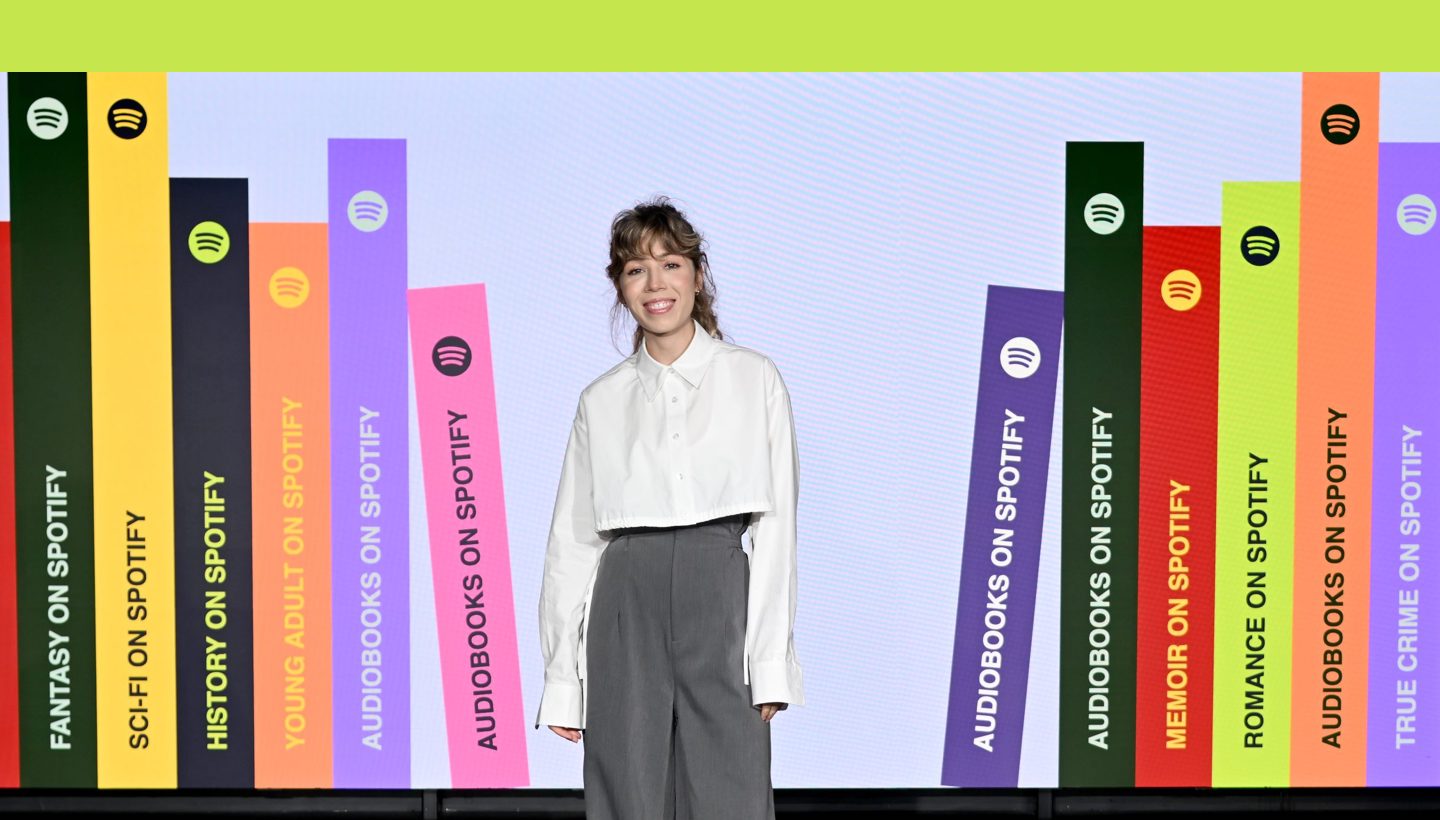
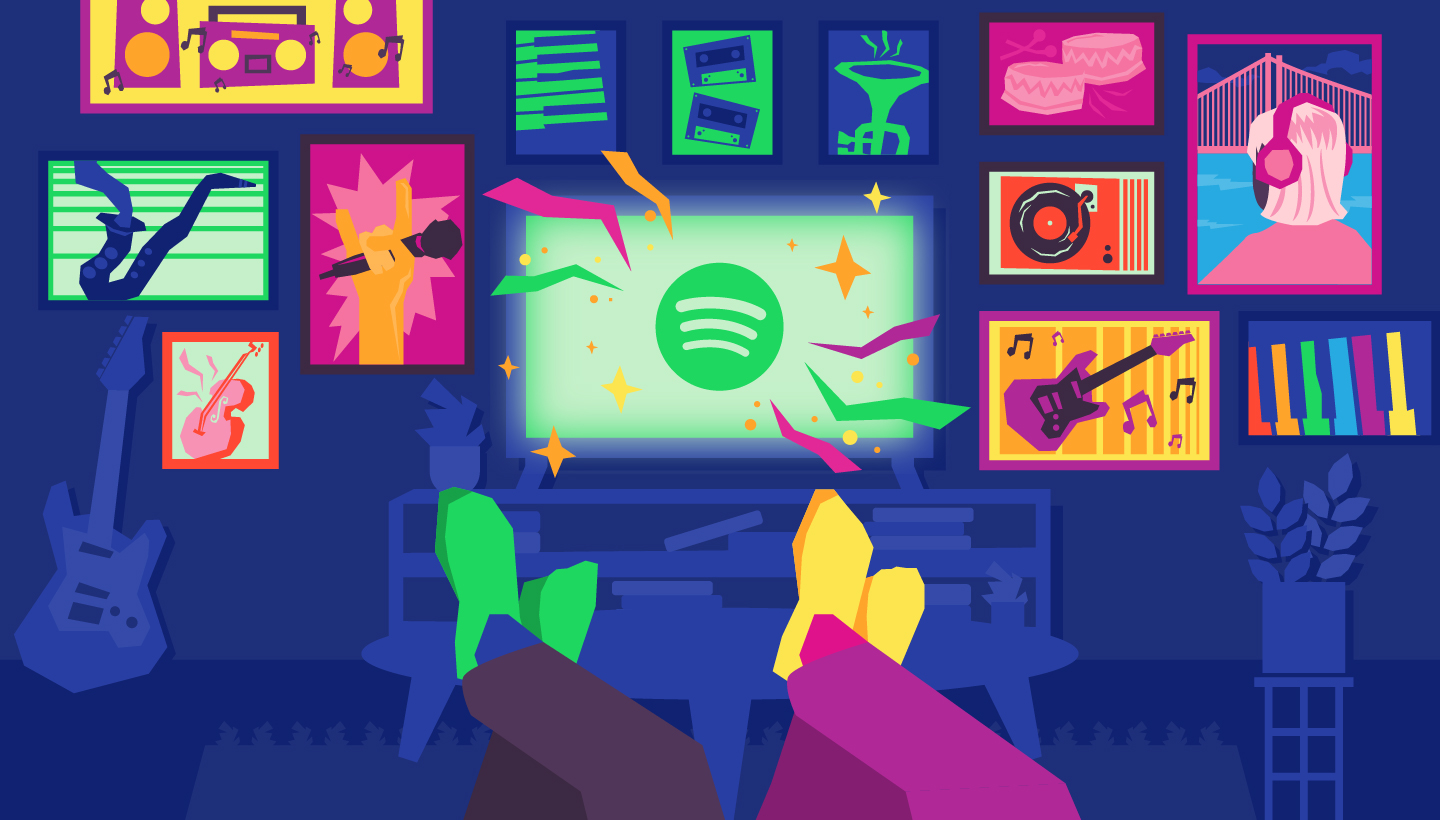

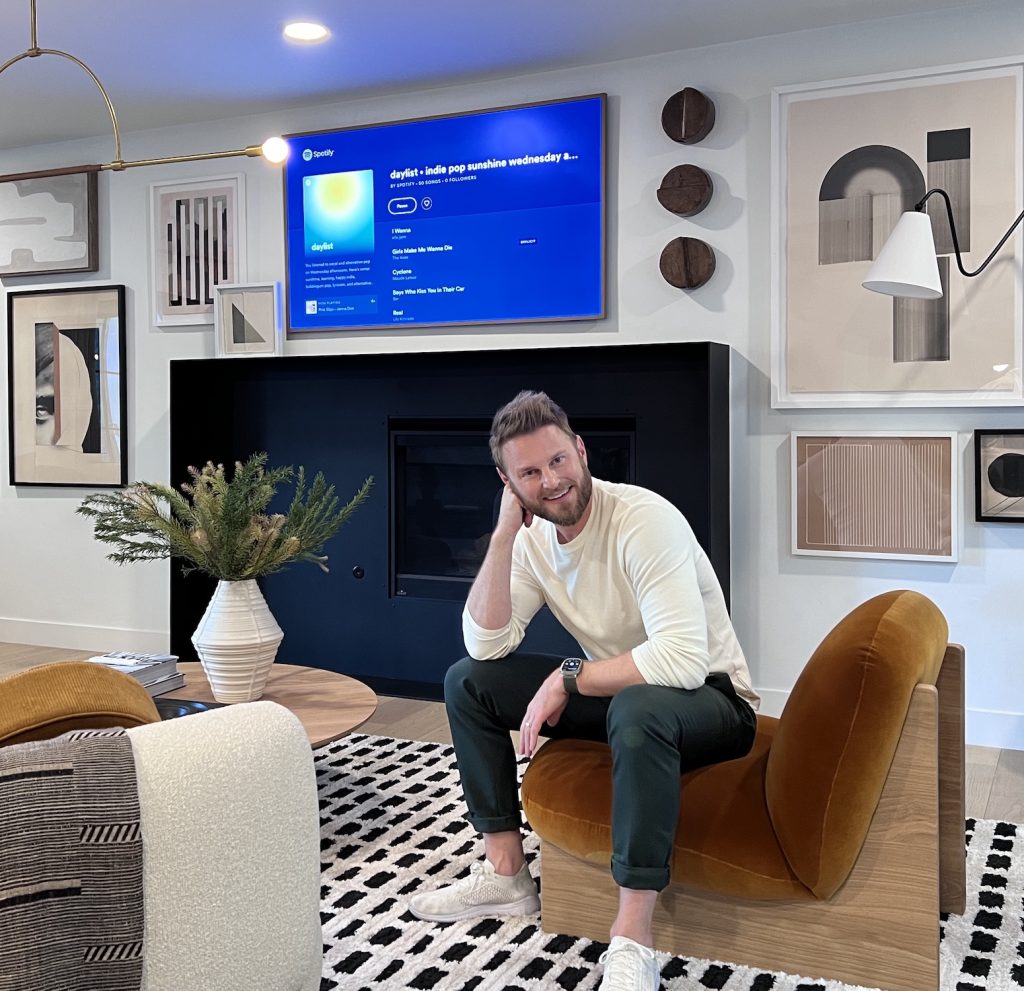
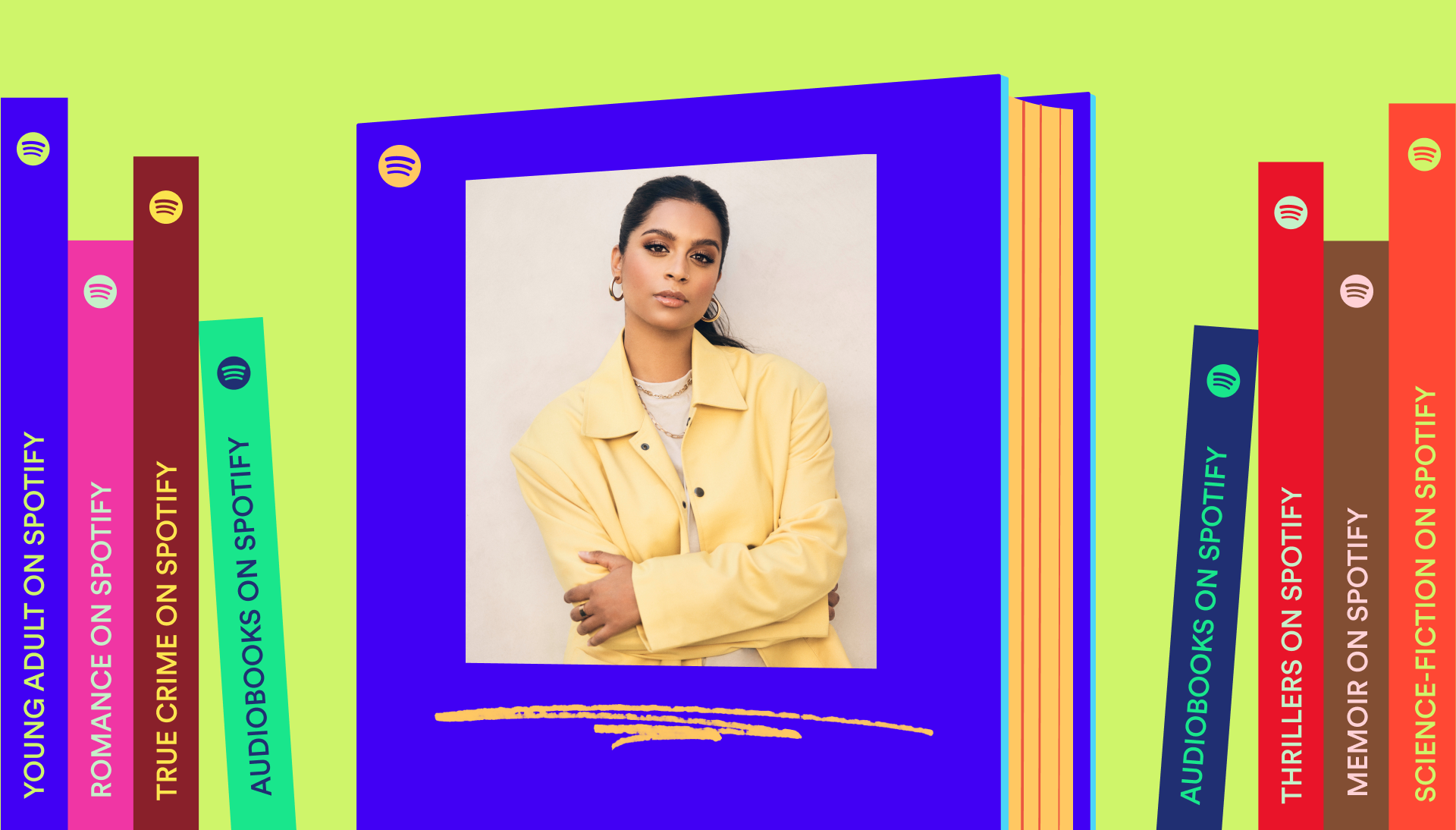
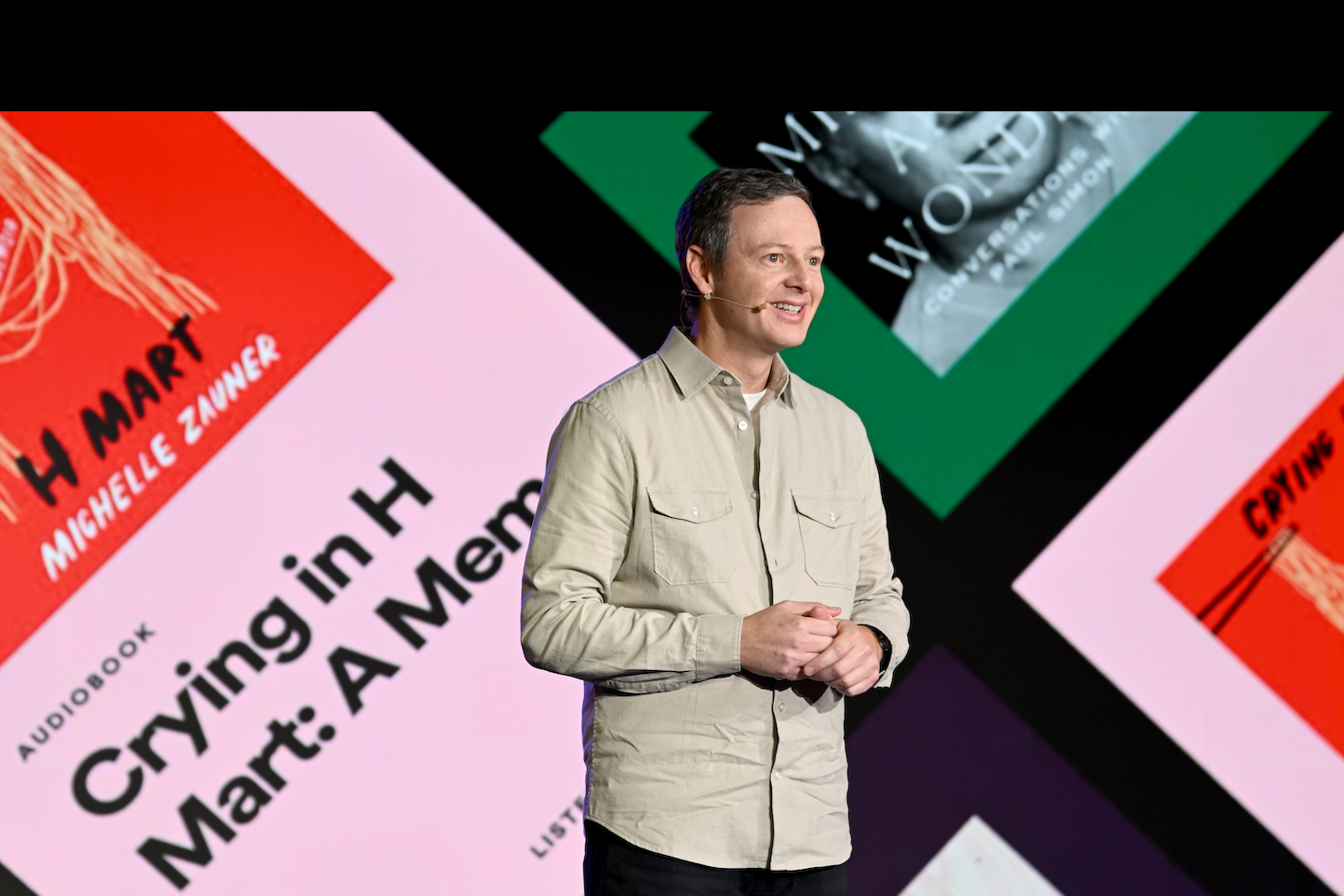

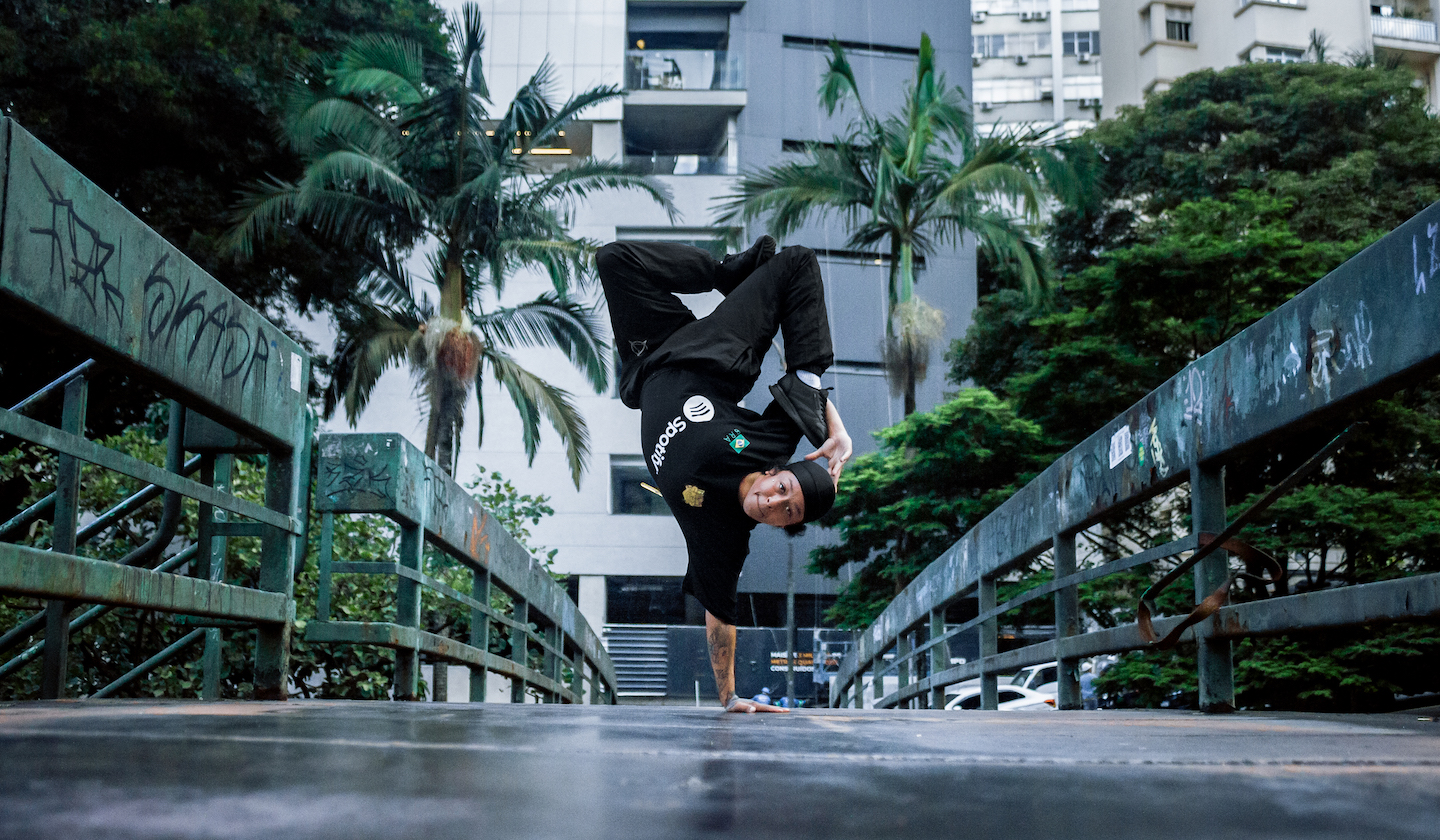
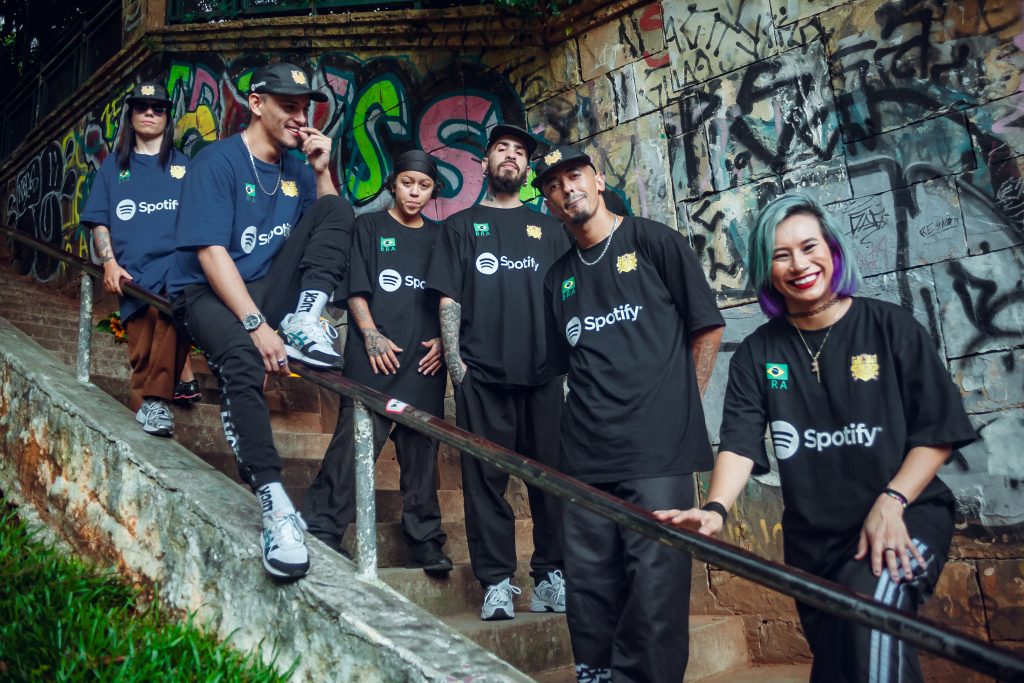


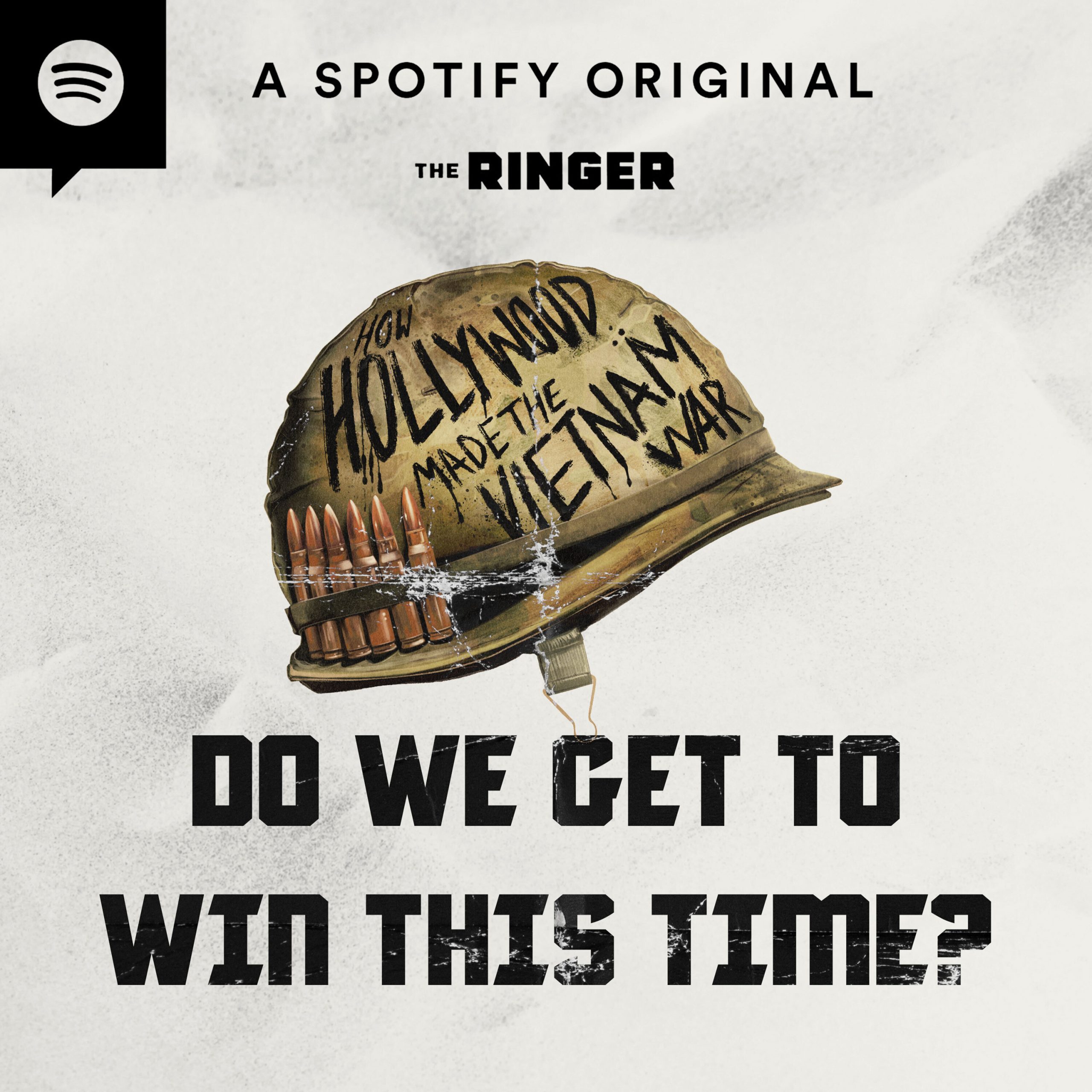

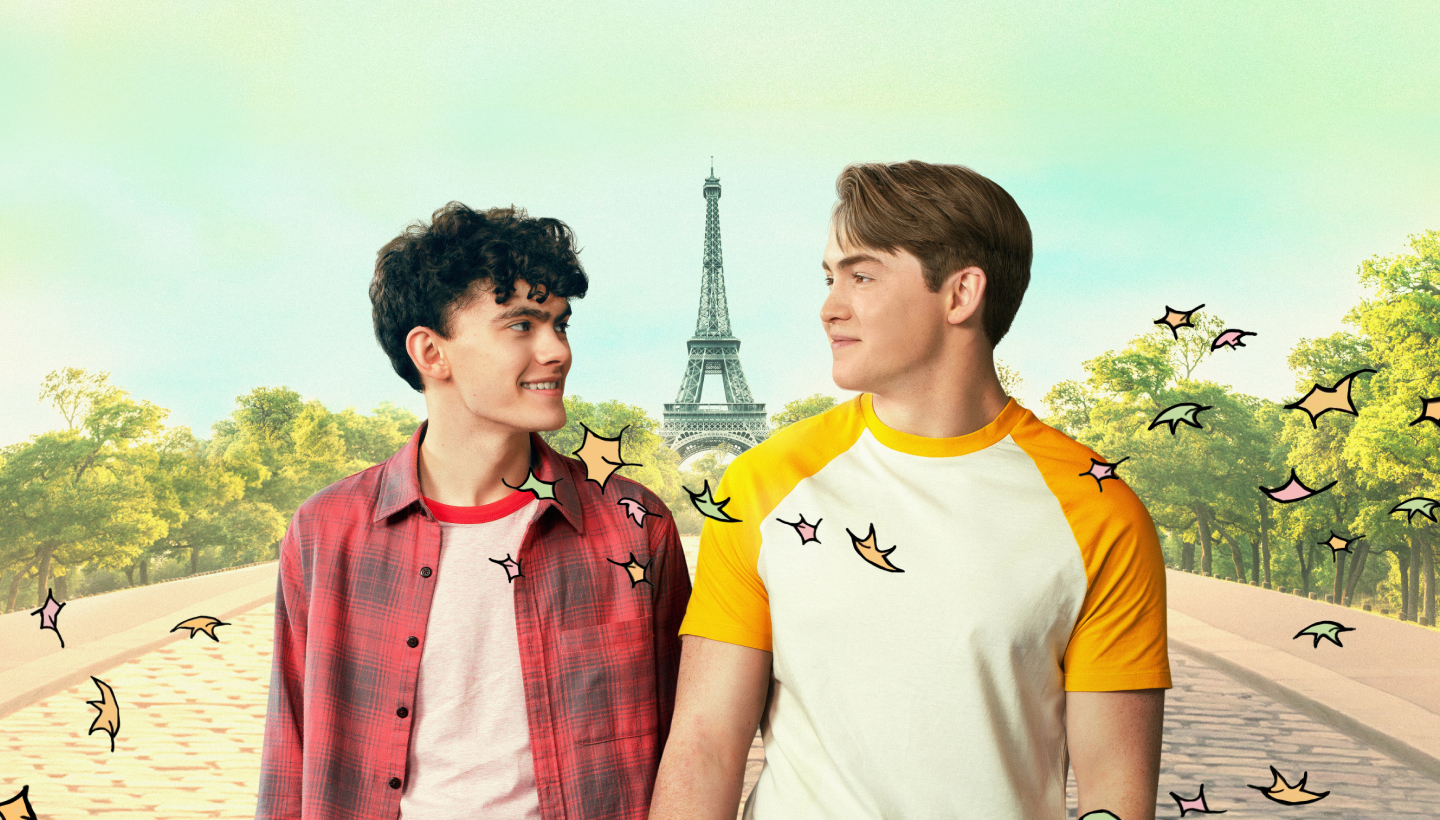
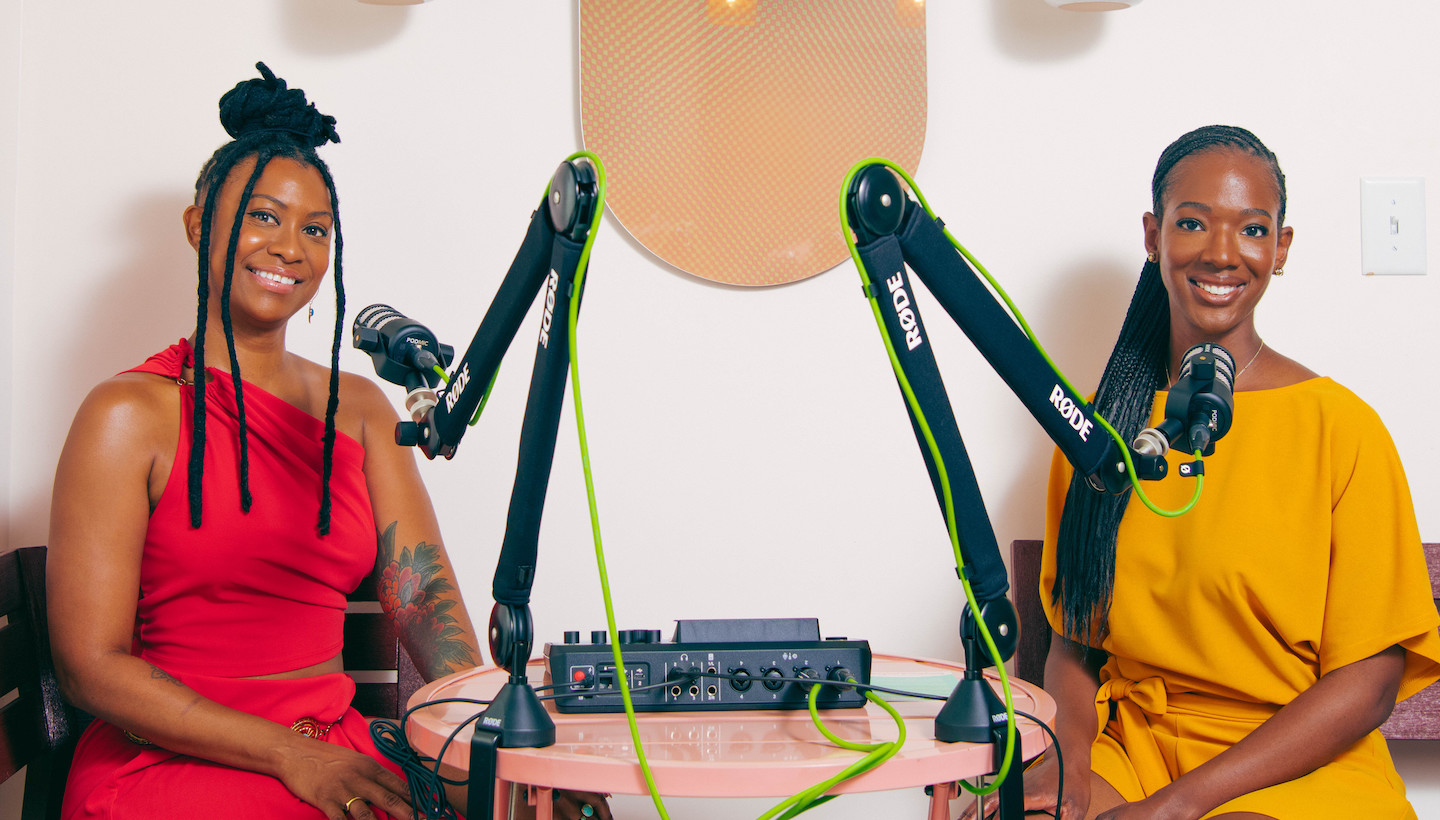
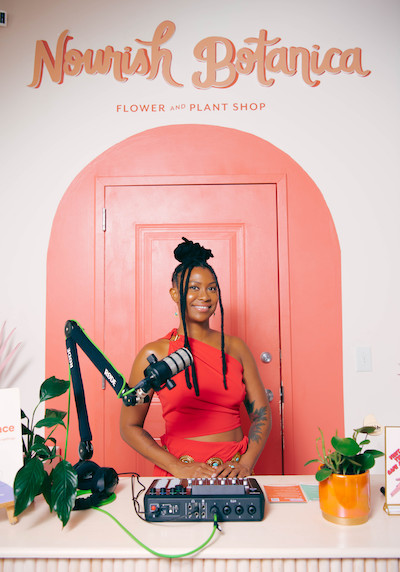
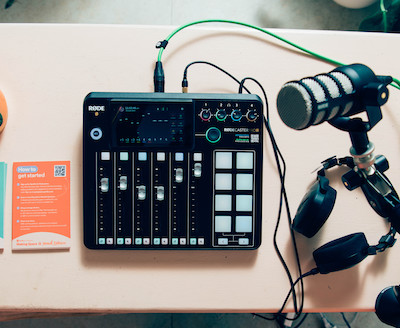
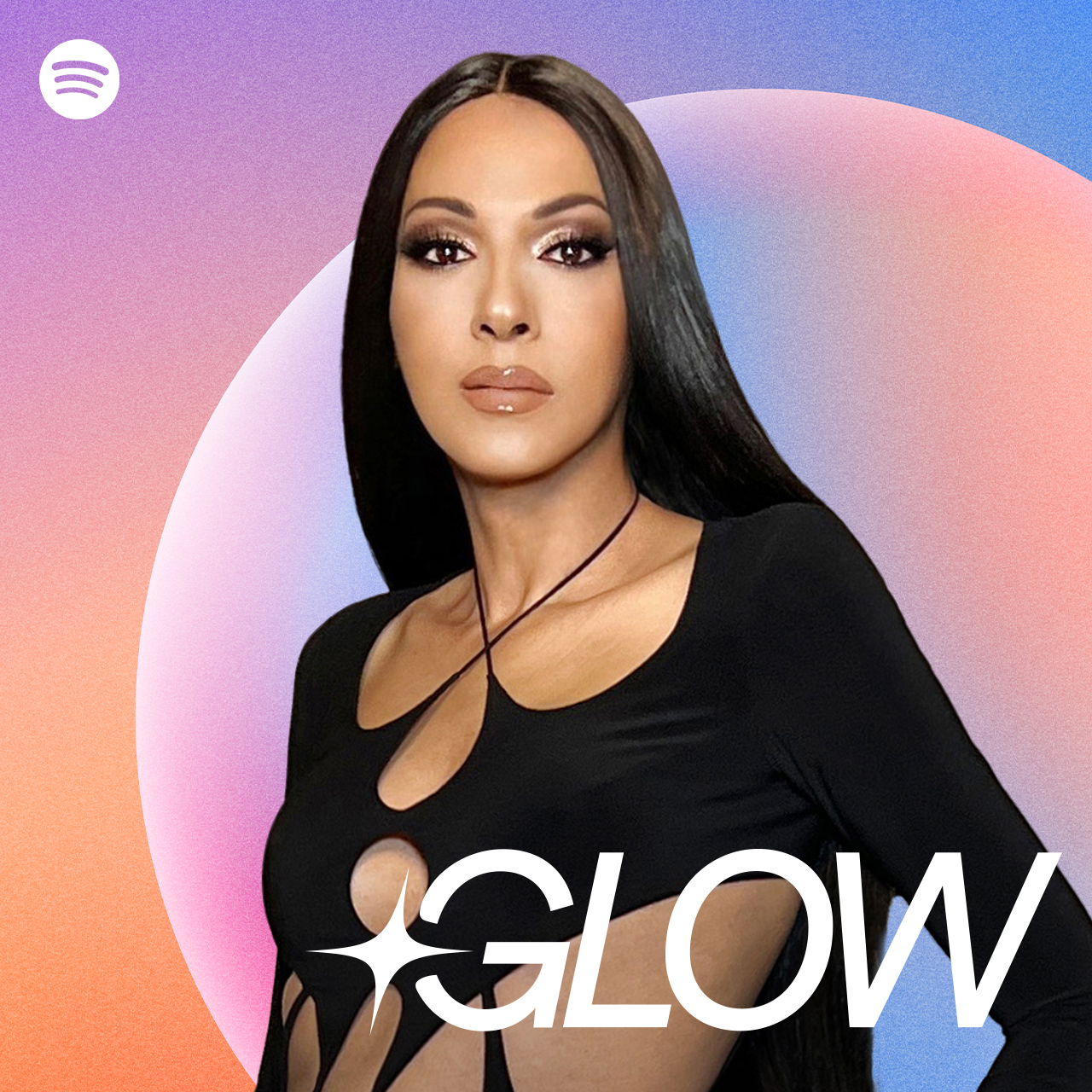
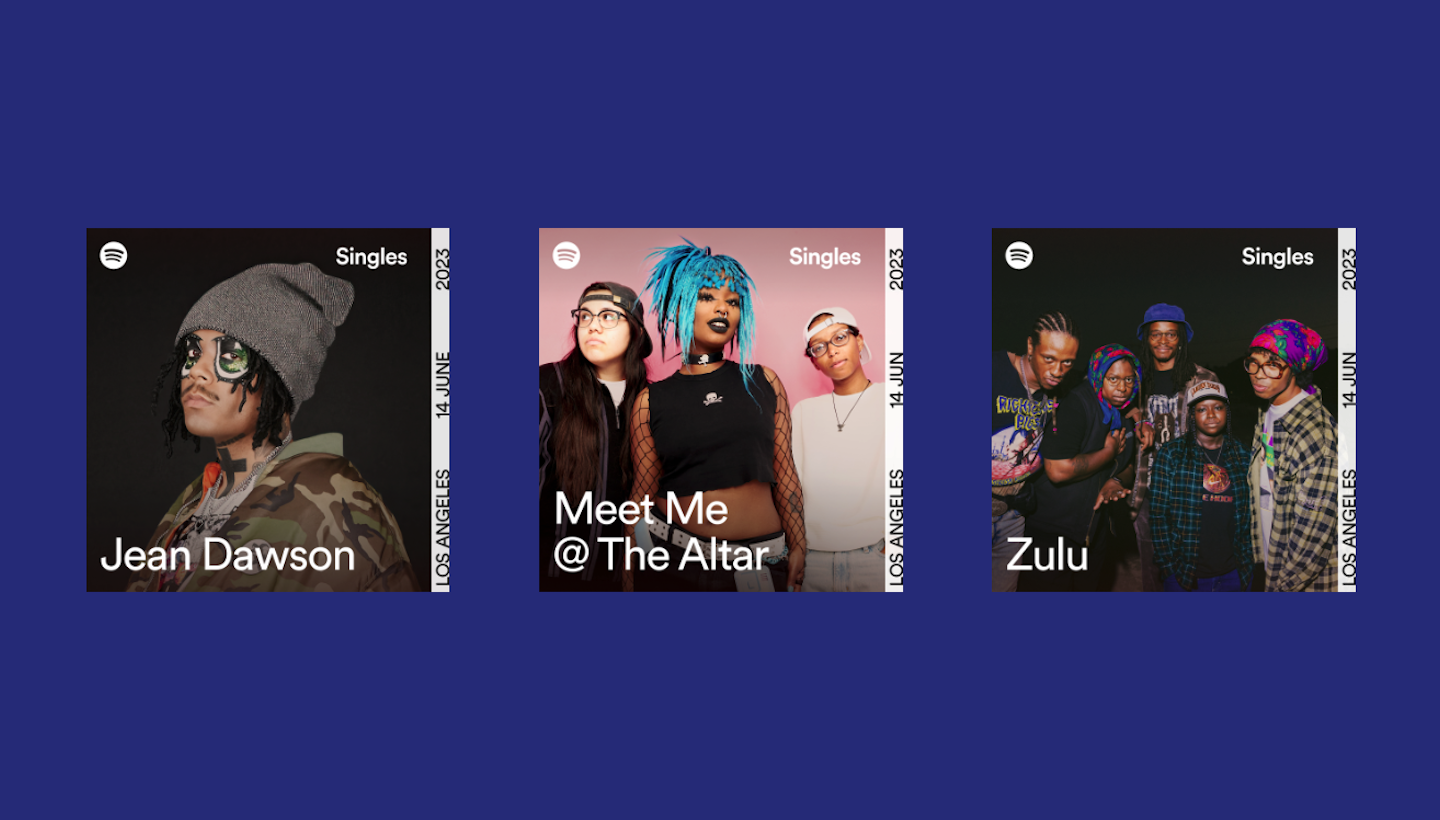
Recent Comments